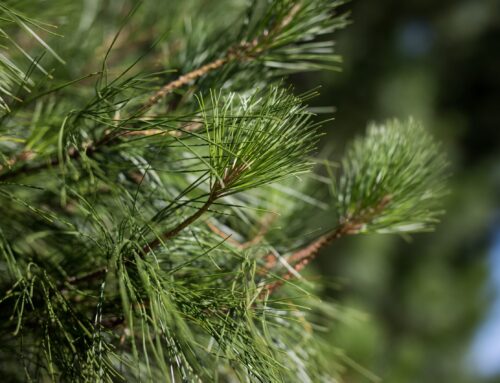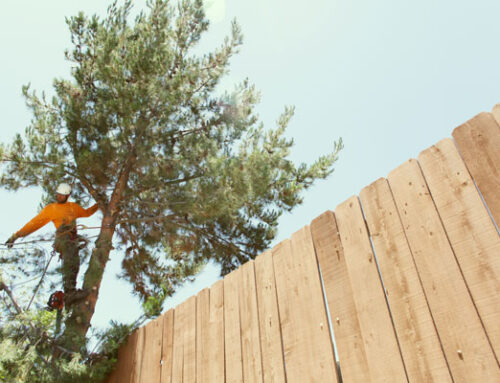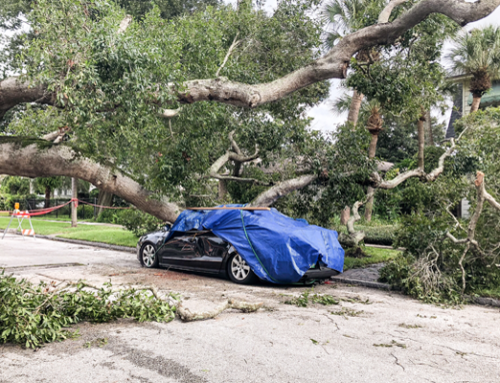Did you know that there is a season to have your trees trimmed? Why is that? When a tree limb is cut, a wound is made to the tree. Trees’ reactions to wounds are contingent upon the season. Deciduous trees are especially more sensitive to wounds, making them the focus of this post. Just as the cells in the human body react to a cut by building a cell wall to close up the skin, trees react in a similar manner. Wound reactions are determined by living cells whose activity depends on the storage of reserve substances and the ability of the tree to mobilize them. The type, quantity, and mobility of these reserve substances are subject to the tree’s own growth cycle and climatic change.
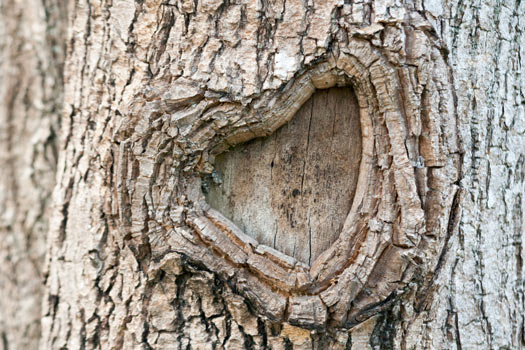
Most tree species will “bleed” for days or even weeks following an injury due to the interior movement of sugar and starch. This “bleeding” is the sap or resin that you see secreting from a tree. Some tree species, such as maple and birch, are prone to bleed more than other species due to higher sap pressure. However, ash trees have less sap pressure and tend not to bleed. We call the period when sap pressure is high the mobilization phase. The parenchymal cells of a tree are highly active during this mobilization phase and the subsequent growing phase. During the colder winter months, a tree’s reaction to wounds is significantly weaker in comparison to other seasons. If you live in an area with mild winters, like San Diego, then the fluctuations in wound reactions due to seasonal change may not be as pronounced in certain species.
The cambium, which is the living layer of cells that lies just underneath the bark of a tree, plays a large role in repairing wounds. It too has varying reactions to wounds throughout the year, as it dries out in the winter, causing cambial necrosis to form. In other words, the living cambium cells in the affected zone die off. During the months of October through November, these cambial necroses tend to be larger. As a result, the size of the wound is increased due to the necroses at its edge, causing the callusing and encapsulation of the wound to require more time. On the other hand, necroses tend to be smaller during the growing season and smallest in the spring, allowing the tree to quickly seal up its wound, forming the woundwood, which studies have shown to be strongest when formed in the spring in certain tree species.
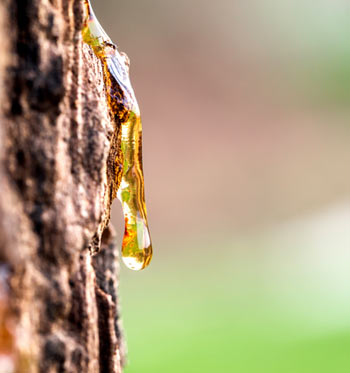
So when is the best times to get your deciduous trees trimmed? Let’s sum it up.
Following an injury, trees form…
- the smallest nescroses from March – April
- the strongest woundwood from April – June
- the best compartmentalization from May -August
Depending on your tree, the best time to have your trees pruned is from April to August. (Fruit trees need to be trimmed in the early spring, not the summer months, since doing so may put a fruit tree into shock — causing it to drop all its fruit.) The worst time to prune them is from September through February. As trained arborist, we will make it our goal to reduce the negative effects of trimming and help maintain the health and beauty of your trees.
If you have any questions and would like to speak with one of our certified arborist, please contact LC Tree Service at 619-677-5777 or info@lctrees.com.

